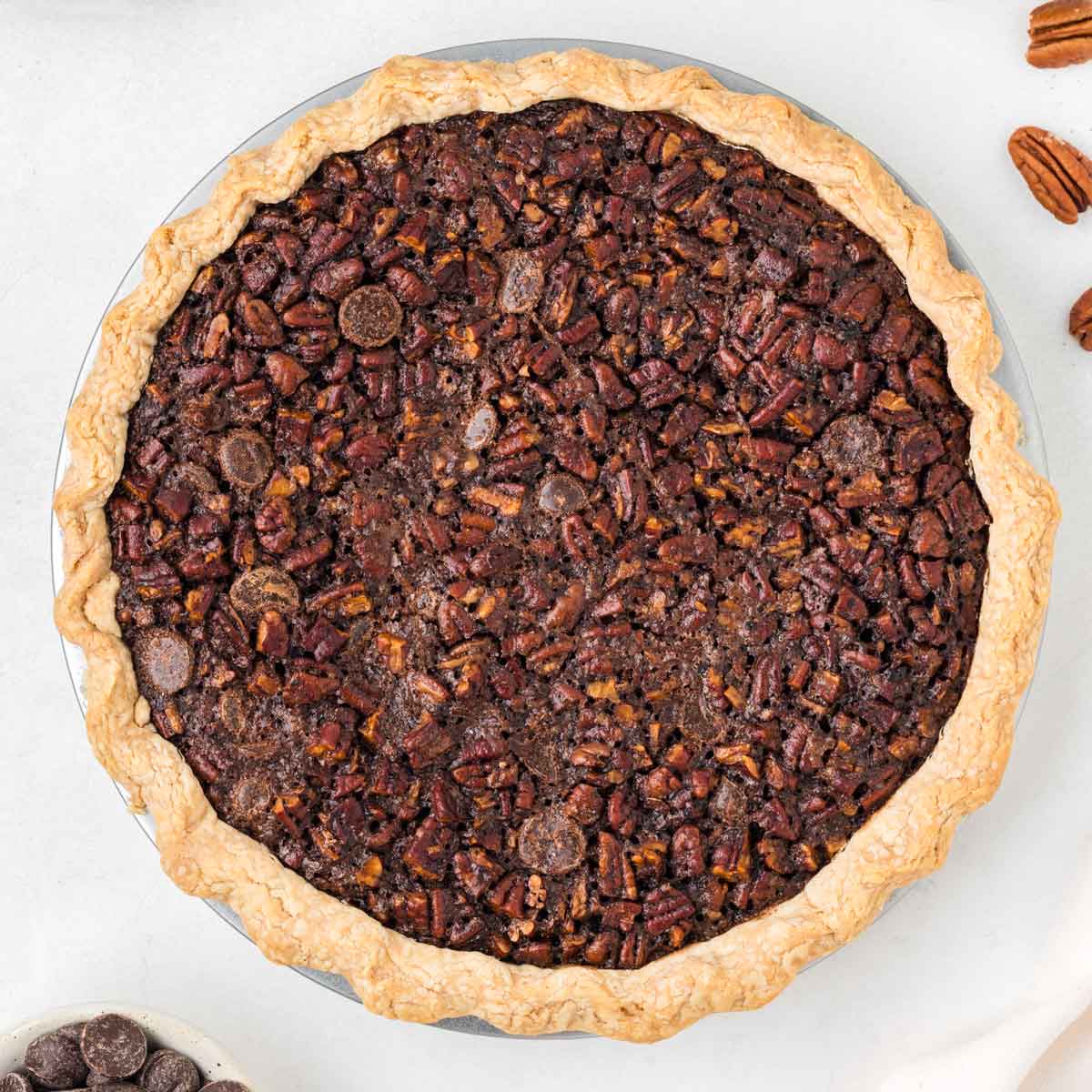This gluten-free pie crust recipe is ideal for a wide range of pies. Its buttery, melt-in-your-mouth texture makes it one of the best gluten-free pie crust I’ve ever tried. It takes simply 5 minutes to combine collectively and half-hour to bake – making it a simple and scrumptious gluten-free dessert choice. When you’ve tried this crust, you’ll by no means return to store-bought once more!
After 11 years of experimenting in the course of the vacation season, I’ve lastly crafted a flaky pie crust recipe that I completely love!
Yesterday, I shared my Cocoa Pecan Pie and realized that this excellent crust shouldn’t be confined to only one pie recipe that not everybody could also be keen on.
For years, I’ve expressed my disdain for normal, flaky pie crust, discovering it mundane and never well worth the energy. Nevertheless, this explicit crust is a game-changer! I cringe every time I see meals bloggers use that phrase, however right here, it’s true. 😬
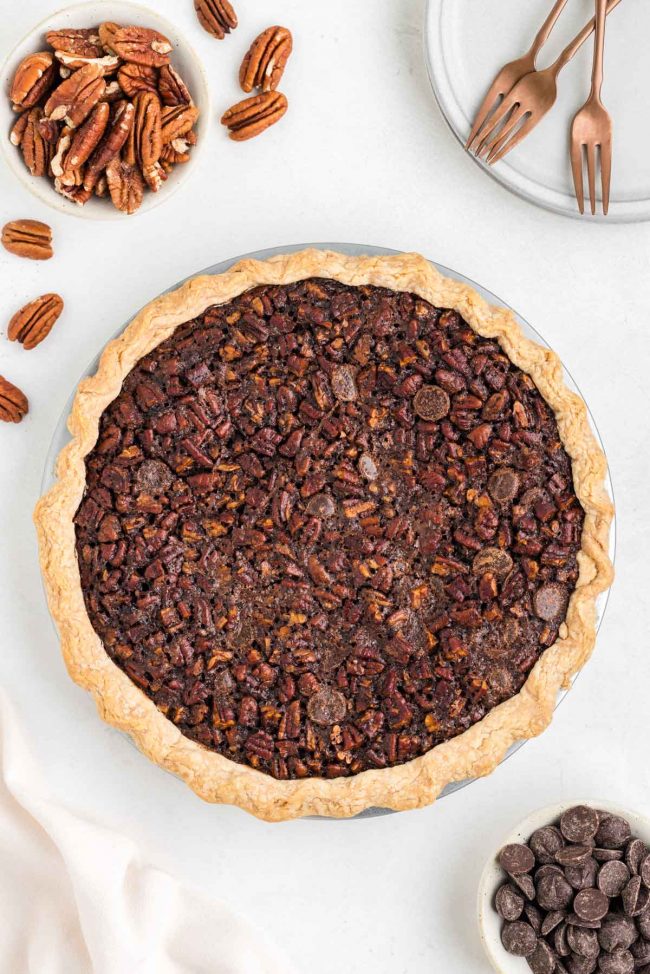
So as to add taste, I added vanilla, a little bit sugar and a bit extra salt than regular.
Does it style gluten-free? Completely not. For those who change something in any respect concerning the recipe, it in all probability will. It’s essential observe the instructions and elements checklist precisely.
As soon as I lastly nailed the recipe and ready my first pie with it, it appeared like I used to be crushing a bag of chips as I minimize by it. I couldn’t assist however chuckle maniacally.
After reducing just a few slices, the pie slid across the pan, and I may choose up the complete pie in my fingers. Not that that is one thing anybody ever must do!
It was only a check. It was a uncommon achievement after quite a few trials with unhealthy pie crusts that caught, have been greasy, and extra.
Elements
Right here you possibly can see what you want. I discuss every ingredient under.
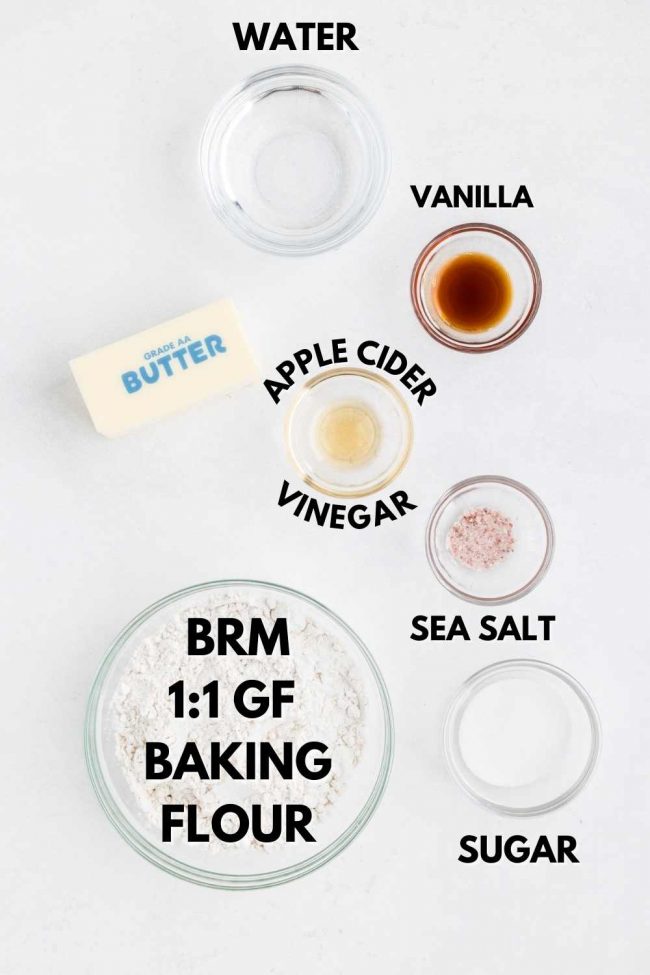
What pies can I take advantage of it in?
Apart from the cocoa pecan pie, I’ve efficiently used it for apple hand pies (it might be nice in these Gluten-free Mummy Hand Pies!), an upcoming apple pie that received’t be prepared till after Thanksgiving, this Paleo Chocolate Fudge Pie, and pumpkin pie.
I usually would have waited till I had correct pictures for all of those pies earlier than posting the crust recipe, so you may see what it appears like with totally different filling recipes, however I wished to put up this ASAP for folks in want of a crust recipe for Thanksgiving.
For the pumpkin pie, I used the filling from my Crustless Pumpkin Pie recipe, leading to one of the best pumpkin pie I’ve ever had. Nevertheless, figuring out the best baking time and temperature stays a piece in progress.
I initially baked it following the crustless pie instructions (I apparently wasn’t pondering, as crustless pies should be baked at decrease temps) however needed to improve the temperature to 350 °F (175 °C) for a further quarter-hour when it remained overly jiggly after 55 minutes at 300 °F (150 °C).
For the following try, I plan to bake it at 350 °F (175 °C) for 45-55 minutes.
However to truly reply the query – you need to use it in any kind of pie you’d like! I believe graham cracker crusts work higher for issues like this No-bake Pumpkin Cheesecake Pie pie, different cheesecake-like pies, peanut butter pies, and many others. – however should you’d desire a flaky, butter pie crust, you possibly can actually use this recipe.
I’ll undoubtedly be utilizing it on this Caramel Pecan Cheesecake Pie subsequent week!
What flour to make use of
It’s astonishing how effectively this gluten-free pie crust seems utilizing Bob’s Purple Mill Gluten-free 1-to-1 Baking Flour. Regardless of my expectations, King Arthur Flour Gluten-free Measure for Measure Flour didn’t yield comparable outcomes. The latter produced a crust that lacked the specified flakiness.
I used to be truly shocked by the outcomes with Bob’s. I assumed I had grabbed the unsuitable bag!
So I instantly made it once more with Bob’s, received the identical outcomes, and have since made it one other 10+ instances with excellent outcomes.
Then I attempted it with the King Arthur GF flour, and the outcomes weren’t wherever close to pretty much as good. Not flaky and never almost as tasty.
Can I take advantage of one other model?
I believe pie crust is absolutely the most finicky factor on this planet of baking. Minus fancy pastries I don’t even trouble with. 😉
I actually don’t advocate utilizing a distinct model.
I often have higher outcomes with King Arthur Flour than with Bob’s Purple Mill, however on this recipe, it was the other! And it was an enormous distinction.
I’m certain you may provide you with a tremendous crust recipe utilizing King Arthur, however this isn’t it.
For those who really feel like experimenting and aren’t anticipating a improbable crust, then you possibly can actually experiment.
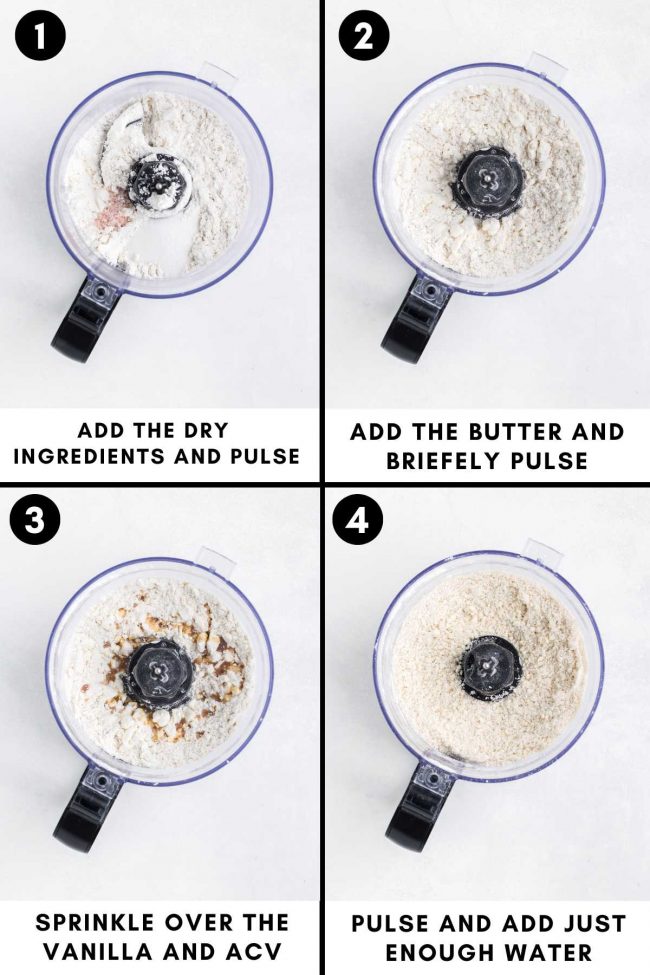
Can I take advantage of oat/almond/coconut/and many others. flour?
Nope! It’s essential discover a recipe that already requires these sorts of flour. This one specifically makes use of the Bob’s flour I discuss above.
I might advocate the oat flour pie crust in my Gluten-free Pecan Pie recipe, but it surely’s the weirdest factor. It really works PERFECTLY on this recipe, however not in any of the others I’ve tried.
Like I mentioned, pie crusts are finicky!
What sort of pie pan to make use of?
Whenever you chill or freeze pie crust dough after which place it in a scorching oven, it’s essential to make sure that your pie dish is appropriate for this.
Most ceramic pie dishes can deal with the transition from the fridge or freezer to the oven, but it surely’s at all times a good suggestion to examine the producer’s directions. Ceramic dishes warmth up slowly and evenly, and are immune to sudden temperature adjustments.
With Pyrex or glass bakeware, it’s greatest to keep away from excessive temperature adjustments as it could trigger the dish to interrupt or shatter. Glass pie dishes are nice as a result of you possibly can simply examine if the underside has browned, but it surely’s not beneficial to place them straight from the freezer right into a scorching oven.
Trendy oven-safe glass pans are designed to deal with reasonable temperature adjustments, so it’s usually protected to switch them from the fridge to an oven set at 350 °F (175 °C). Nevertheless, should you’re utilizing an older dish, it’s higher to err on the facet of warning and keep away from sudden temperature adjustments except you’re assured it could face up to it.
Metallic pie dishes, sometimes created from aluminum or aluminized metal, are glorious warmth conductors. They’re excellent for blind baking or prebaking pie crusts to attain a crispy texture.
Metallic dishes can endure excessive temperature adjustments, permitting you to place them straight from the fridge or freezer right into a scorching oven. Simply maintain an in depth eye on them, as they’ll warmth rapidly and trigger the crust to overbrown.
For those who discover the crust browning too quick, you need to use foil strips or a pie protect to guard the perimeters.
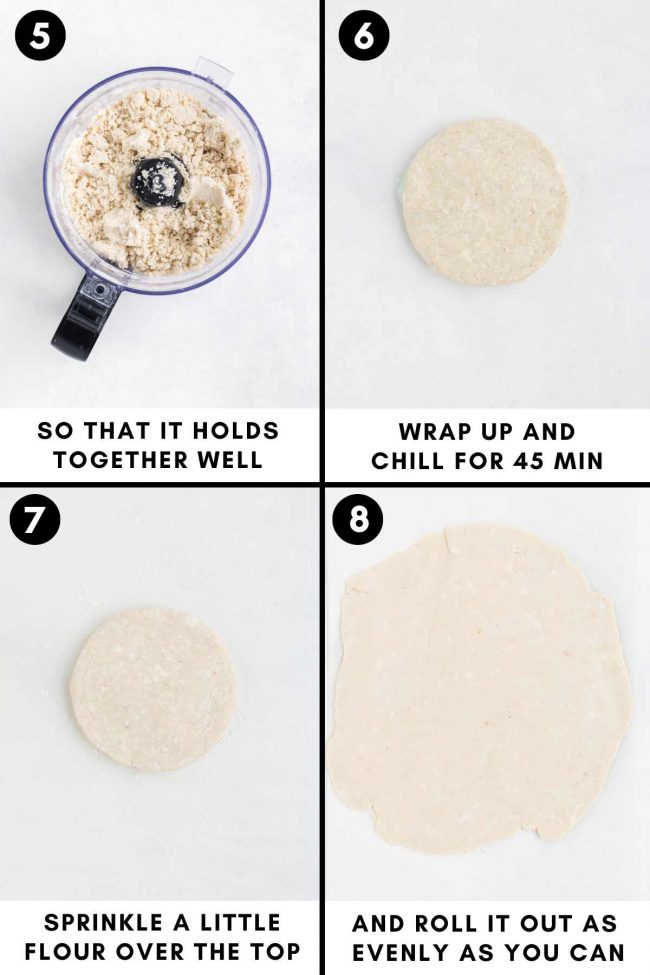
US butter vs. US European-style butter vs. precise European butter
This pie tastes worlds higher with US European-style or precise European butter (by that, I imply butter produced in and for a European nation – not butter exported to the US from Europe). I discovered it to be fairly boring with common US butter.
The butter factor is a bit complicated, however US European-style butter works the identical as US butter. They can be utilized interchangeably.
Nevertheless, precise European butter from Europe just isn’t interchangeable with US butter or US European-style butter in each recipe. Particularly pie crusts!
I can’t perceive why precise European butter works in another way than US European-style butter. I’ve seemed up the fats share of some manufacturers of US European-style butter, they usually’re 82%, identical to our butter in Europe. It makes zero sense.
However I can let you know, after having lived in Germany for 14 years, the 2 sorts of butter aren’t interchangeable. I’ve a provide of US butter in my freezer and check all of my baked butter-containing recipes with each sorts of butter so I can see the distinction facet by facet.
So on the large off probability you’re in Europe and have entry to US all-purpose flour or the Bob’s Purple Mill GF flour I discuss under, you might want to use 110 grams of butter + 3 grams of water rather than 113 grams of butter.
It sounds foolish, I do know, but it surely makes an enormous distinction for crust recipes.
The explanation I point out the flour is as a result of it may also be vastly totally different relying on the place you reside. It’s greatest to discover a pie crust recipe from the nation the place you reside.
So many US expats I do know right here spent their first vacation seasons confused about why their pie crusts have been swimming in butter or why their cookies unfold completely flat and have been a greasy mess. The butter and flour are the culprits!
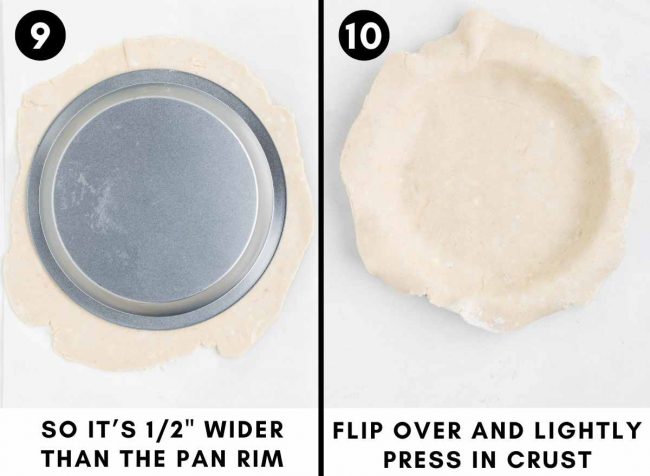
Are you able to style the apple cider vinegar within the crust?
Completely not. For those who don’t have any available, you need to use white vinegar.
Some folks say the vinegar inhibits the gluten (should you’re utilizing all-purpose flour), which tenderizes the crust, making it flaky. I’ve seen folks declare the identical is true for gluten-free pie crust, though it doesn’t have gluten.
I used vinegar in pie crust for the primary time with right now’s recipe. Then I learn this experiment. And so they mentioned it didn’t have an impact.
Vodka, nevertheless, looks like an incredible addition! I’ll undoubtedly attempt that subsequent time. For now, I’m thrilled with this crust, precisely as it’s, for the primary time ever making a flaky pie crust, so I’ve included the vinegar within the recipe.
Does it work in a deep dish pan?
Sure, however there’s not sufficient dough to crimp the perimeters. It’s simply the proper quantity for crimping with a typical 9″ pan.
Do I’ve to relax the dough?
An amazing pie at all times begins with an distinctive crust. One strategy to obtain perfection is by chilling the dough and permitting it to relaxation briefly earlier than rolling it out.
Though this will likely seem to be an insignificant step, it’s truly the key to attaining one of the best crust, even when utilizing gluten-free flour.
Refrigerating the pie dough, whether or not it’s gluten-free or not, solidifies the fats, stopping it from overmixing into the flour. This helps keep the construction of the crust because it bakes. Moreover, the flour absorbs the moisture within the dough, leading to a flakier texture.
Non-chilled dough additionally tends to be much less clean and crumbly, making it harder to roll out. It additionally tends to brown rapidly and grow to be powerful.
Subsequently, it’s essential to not skip this step, because it’s actually one of the best ways to attain a brilliant flaky crust.
Ought to I blind bake the pie crust?
Whereas blind baking isn’t necessary, it yields an extra-crisp crust backside. The method includes freezing the crust, preheating the oven, overlaying the crust with parchment paper and pie weights/beans, and baking till frivolously browned.
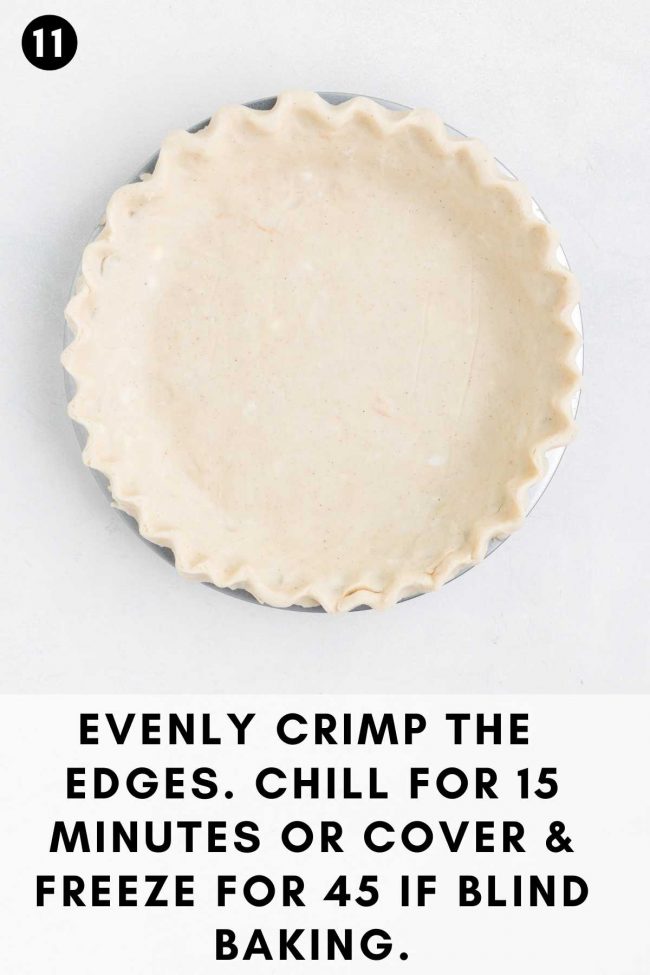
Full directions are under within the recipe!
What sort of pies to blind bake
Blind baking is often beneficial for pies with moist or custard-like fillings, because it helps set the crust earlier than including the filling.
Listed below are some sorts of pies which are generally blind baked:
- Custard pies – pies with custard fillings, corresponding to quiche or pumpkin pie, profit from blind baking to make sure the crust is totally cooked and doesn’t grow to be soggy. As a result of a soggy crust can be a unhappy, unlucky factor.
- Cream pies – pies that includes luscious, creamy fillings, corresponding to chocolate cream or banana cream pies, typically have a blind-baked crust to keep up its crispness.
- Pies with no-bake fillings – you might want to prebake your flaky, conventional pie crust should you’re not going to be placing it within the oven to cook dinner the filling. For a completely prebaked pie crust, you might want to bake it only a few minutes longer than {a partially} blind baked crust.
- Tarts – each candy and savory tarts typically name for blind baking to attain a crisp, flaky crust, particularly if the filling is moist.
Can I simply dock (poke holes in) the dough as a substitute of utilizing pie weights/beans?
Docking the pie dough is an alternate technique to utilizing pie weights or beans, and it’s efficient in sure conditions. It doesn’t work in all recipes, although.
Docking means pricking the underside of the crust with a fork to create small holes, which helps stop the crust from puffing up throughout baking.
Nevertheless, it’s essential to notice that docking will not be applicable for every type of pies, particularly these with very liquid or heavy fillings. In such instances, utilizing pie weights or beans are beneficial to supply further assist and stop the crust from slumping or effervescent up excessively.
For those who’re making one thing with a no-bake filling, like strawberry pie, and also you want a completely baked pie crust, then docking is ok. For those who’re going to be partially or principally baking your pie crust earlier than returning the crust with its filling to the oven, then blind baking with pie weights is far more preferable.
Then you definitely don’t have to fret concerning the moist pie filling saturating the holes and making the crust soggy.
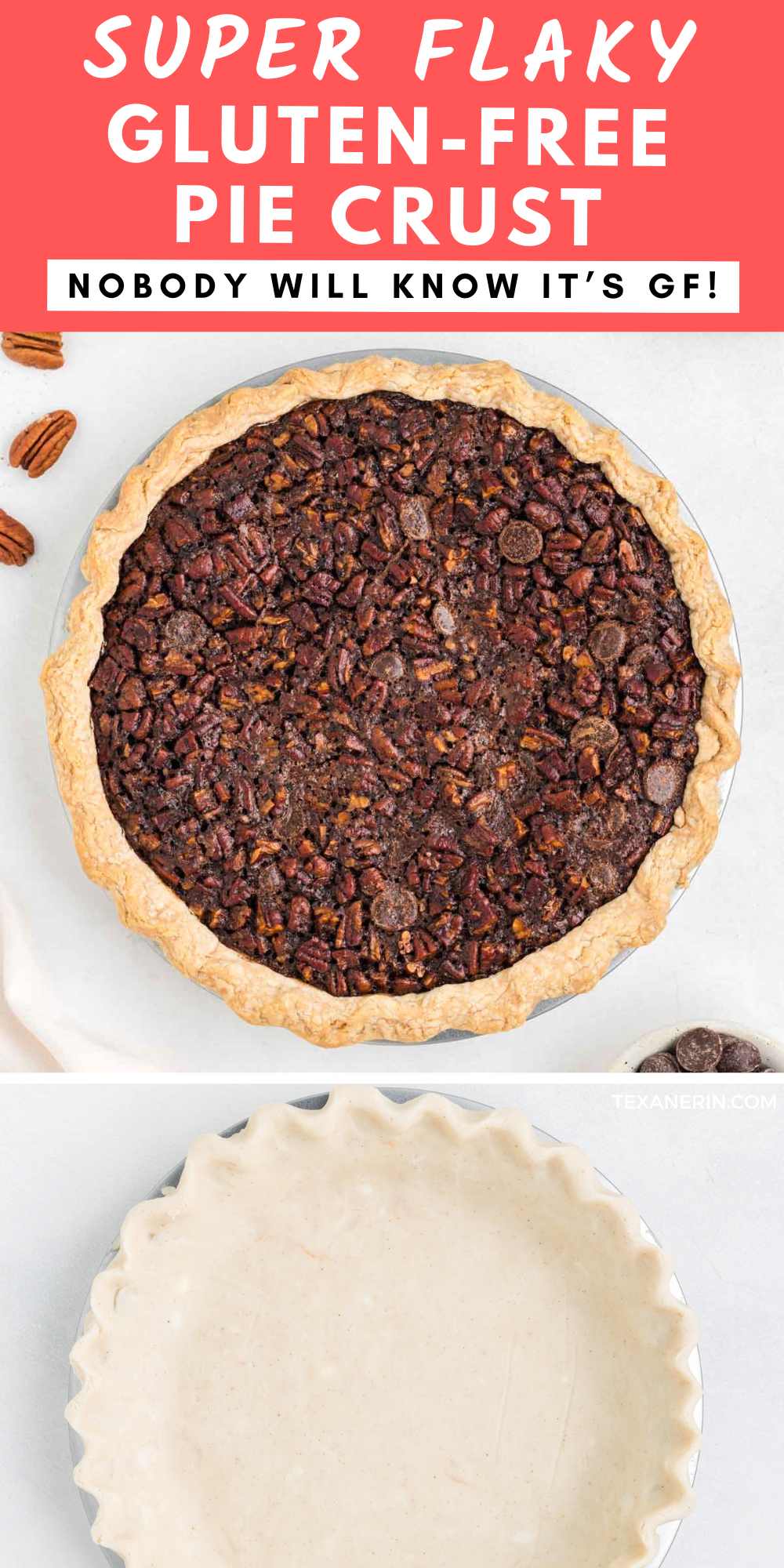
What sort of beans can I take advantage of?
When utilizing beans as pie weights for blind baking pie crust, use dry, raw beans. The kind of beans doesn’t considerably influence their effectiveness as weights, so you will have the flexibleness to make use of numerous totally different varieties. Some generally used beans for blind baking embody:
Chickpeas, lentils, black beans, and pinto beans.
It’s essential to designate a set of beans particularly for this function, as they’ll’t be cooked and eaten after getting used as pie weights. When you’ve used them for blind baking, retailer them in a separate container for future use together with your subsequent pie.
Do I’ve to bake the pie crust on a baking sheet?
No, but it surely’d be extraordinarily foolish to not. Because of this:
- It’s a lot simpler to take away the pie from the oven when positioned on a baking sheet.
- I’ve made this pie crust a great deal of instances over the previous few months, and I’ve by no means had points with butter melting from the crust. Nevertheless, particular person variations, corresponding to a barely smaller pie pan or variations in butter manufacturers, may come into play.
Think about the frustration of getting to drag a pie out of the oven after simply 10 minutes of baking due to burned butter on the backside of your smoke-filled oven. Cleansing up the mess turns into crucial earlier than returning the pie to the oven, doubtlessly compromising the crust and the complete pie.
Utilizing a baking sheet solely avoids this irritating and unlucky state of affairs.
- Prepare dinner’s Illustrated performed an experiment. They baked a cherry pie straight on the oven rack, leading to a soggy, juice-soaked crust. In distinction, the pie baked on a baking sheet had a stable, non-soggy crust. You could find the detailed clarification on the supplied hyperlink (as this put up is already fairly lengthy!).
Take a look at the crust under. This wasn’t even blind baked, and it’s removed from soggy! I implore you to bake the pie on a baking sheet. 🙂
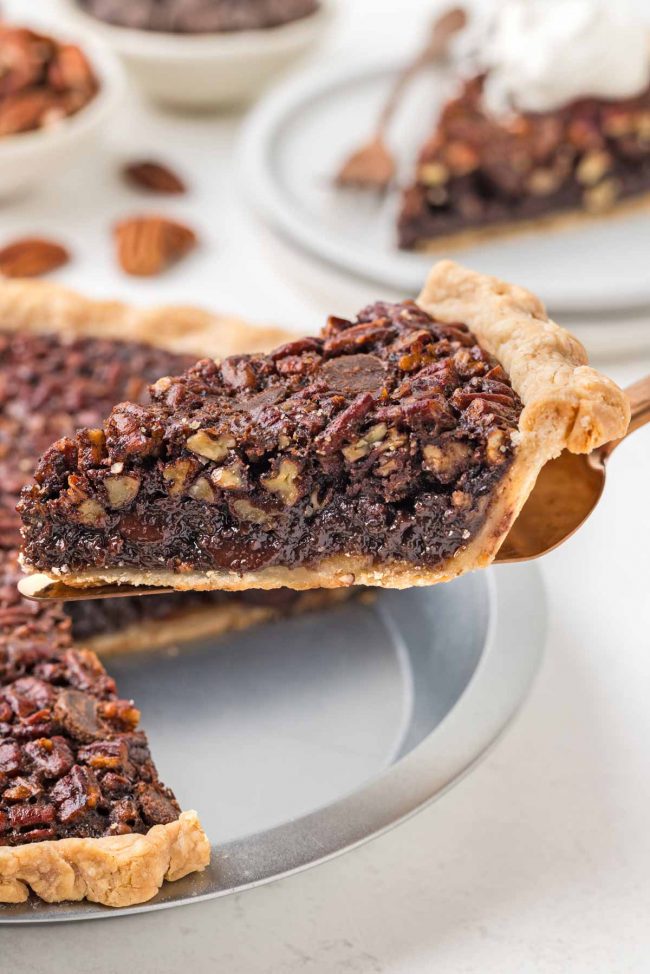
The best way to retailer a prebaked pie crust:
- Enable the prebaked pie crust to chill fully at room temperature in an effort to assist stop condensation contained in the storage container.
- Wrap the pie crust securely in plastic wrap or aluminum foil, after which place in a Ziploc bag. Ensure it’s effectively coated to forestall publicity to air and moisture.
- It could actually sit at room temperature for as much as 3 days or be frozen for as much as 2 months.
- Whenever you’re prepared to make use of the prebaked pie crust, thaw it within the fridge for just a few hours or in a single day. Thawing at room temperature can result in sogginess.
I hope you’ll get pleasure from this pie crust! I might completely love to listen to what you suppose should you attempt it out. Thanks a lot! 🙂
❀
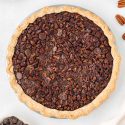
- Prep Time:
- Prepare dinner Time:
- Prepared in:
- Yield: 1 pie crust
Elements
- 1 1/4 cups (173 grams) Bob’s Purple Mill Gluten-free 1-to-1 Baking Flour + a tiny bit extra for flouring
- 1 tablespoon granulated sugar
- 1/2 teaspoon effective sea salt
- 1/2 cup (113 grams) unsalted butter (ideally US European-style butter for one of the best taste!), minimize into 8 pats
- 1 teaspoon chilly vanilla extract
- 1/2 teaspoon chilly apple cider vinegar
- 2.5 to five.5 tablespoons (37-81 grams) chilly water
Instructions
- Get out a 9” (23cm) pie plate that’s oven-safe and appropriate for transitioning from the fridge or freezer to a scorching oven (seek advice from the put up for added data). Don’t grease.
- Within the bowl of a meals processor geared up with an S-blade, mix the flour, granulated sugar, and salt. Pulse just a few instances.
- Change the processor to the bottom pace and add the butter. Course of till you will have pea-sized bits of butter; keep away from overprocessing.
- Evenly drizzle vanilla extract and apple cider vinegar over the combination.
- On the lowest pace, pour in 2.5 tablespoons of water. The required water amount is dependent upon components just like the temperature of your elements and kitchen. By a number of trials with the identical model of elements, I’ve discovered a variety between 2.5 and 5.5 tablespoons.
- Course of briefly till the dough begins coming collectively; it ought to have a shaggy look somewhat than forming a uniform ball. Pinch some collectively, and if it holds with out being excessively crumbly, it is prepared. Be cautious to not add an excessive amount of water, as an extra results in a non-flaky pie crust. If wanted, add extra water, 1 teaspoon at a time. For those who can kind a disc with out it crumbling aside, it is one other indication that it is prepared.
- Place the dough within the heart of a giant piece of plastic wrap and form it right into a flat disc, roughly 1” (2.5cm) or barely much less. If it stays crumbly and does not kind a disc, it requires a contact extra water.
- Chill the dough for no less than 45 minutes and as much as 2 days.
- Frivolously flour a bit of parchment paper and place the unwrapped dough on it. Sprinkle a small quantity of flour over the dough.
- Cowl the dough with plastic wrap or one other piece of parchment paper and roll it out to be roughly 1/2” (1 1/4 cm) wider than the highest circumference of your pie plate.
- Take away the plastic wrap or parchment overlaying the pie crust, place the ungreased pie pan on prime of the dough, and flip over the dough and pan. Press the dough down across the edges on the backside of the pan, then take away the parchment paper.
- Fold the dough in order that it aligns with the perimeters and crimp the rim.
- In case your recipe requires baking the filling in an unbaked pie crust, then chill the crust, uncovered, for quarter-hour earlier than filling and following your pie recipe directions.
- Cowl the pie crust loosely with plastic wrap and switch it to the freezer (not the fridge!) for 45 minutes.
- Whereas it chills, preheat the oven to 400 °F (205 °C) and place a baking sheet on the decrease third baking rack.
- Line the crust with parchment paper and fill it with pie weights or beans. Many counsel filling them to the highest, however I discovered success simply filling the underside.
- Gently place the pan on the now-hot baking sheet and bake for 20-23 minutes or till the crimped edges frivolously brown.
- Take away the weights and parchment paper and proceed baking the crust for a further 5-7 minutes or till the crust’s backside is dry and starting to brown. For those who want a completely baked pie crust (like for a pie with a no-bake filling), bake till the underside of the crust is a pleasant golden brown – about 1-3 minutes extra.
- Take away the pan from the oven and let it cool on a wire rack for about half-hour earlier than filling. Letting it cool for no less than half-hour ensures a crisp crust.
Put together the dough:
The best way to roll it out:
The best way to blind bake:
Notes
- For those who stay in Europe, use 110 grams butter + 3 grams of water to duplicate US butter for the pie crust. As a substitute of 84 grams of butter within the filling, use 82 grams (and no water). Additionally use medium EU eggs as a substitute of huge eggs.
- I put the vanilla and apple cider vinegar collectively in a tiny bowl within the freezer for about 10 minutes, and the identical with the water. I don’t put the vanilla/ACV and the water collectively in the identical bowl since you may not use all of the water.

